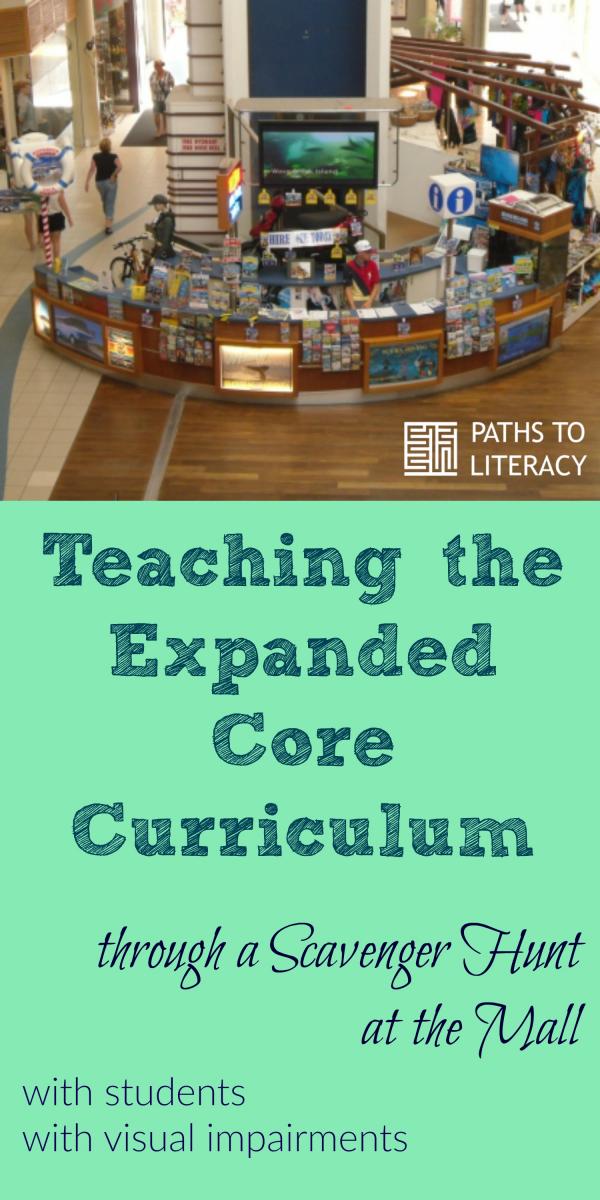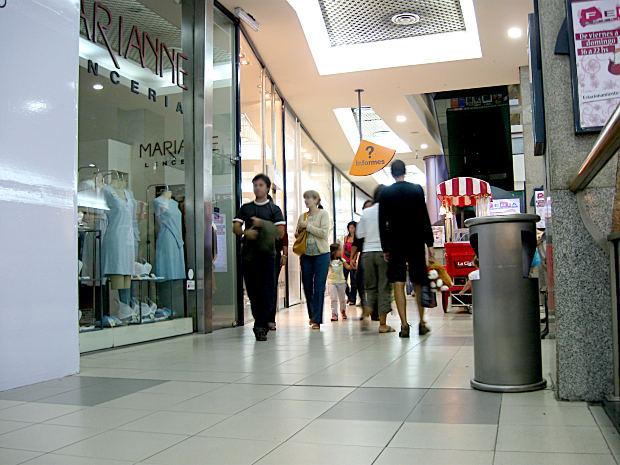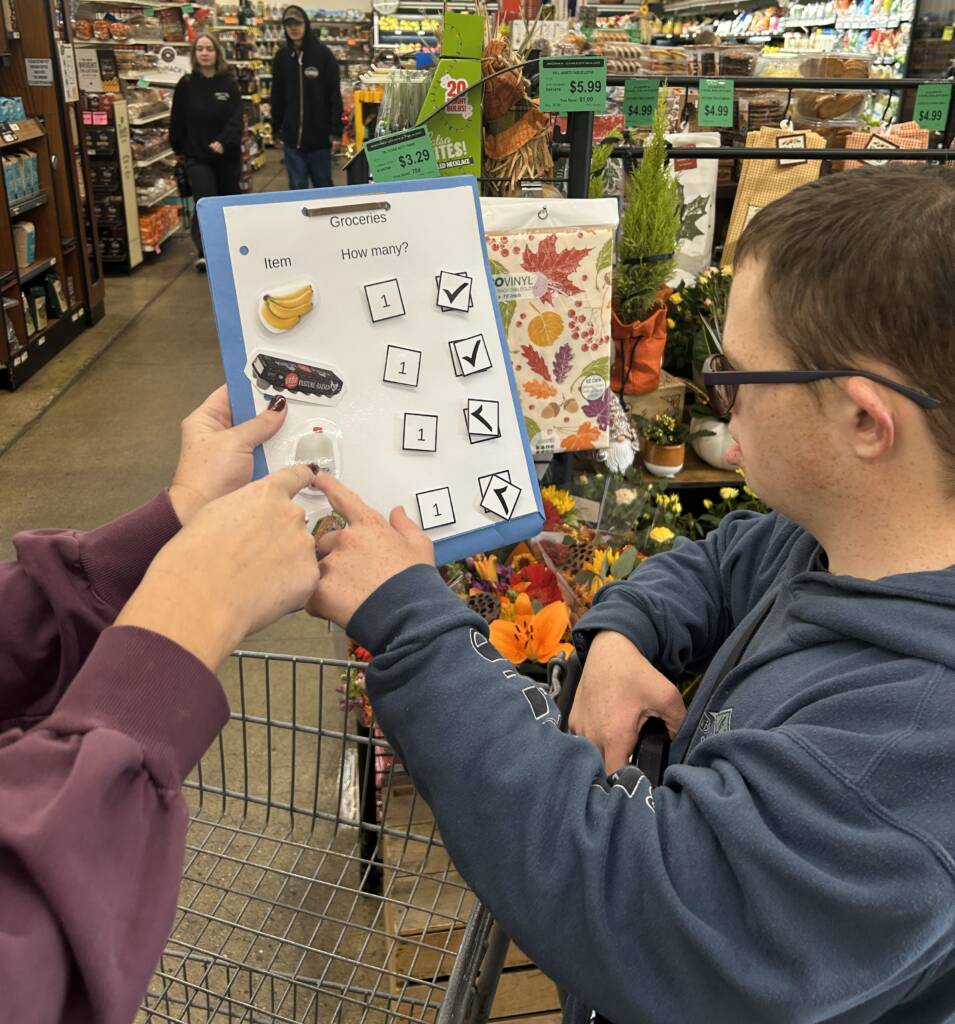What can you do with your students who are visually impaired in the middle of winter in the state of Maine (or anywhere else)? Mountain biking? I don’t think so! High cliff diving? Not a chance! Cross country skiing? Well yes, that of course, but how about a scavenger hunt at the mall?
Background
For over 25 years, the TVIs and O&Mers in Southern Maine have collaborated to create a scavenger hunt for students. The goals of this event fall into a variety of ECC areas such as ADL’s, socialization, communication, technology and O&M (Orientation and Mobility), of course. This event provides the students with real-world experiences in comparison shopping, advocating and asking for help, teamwork, problem solving and money management.
Hunt Planning
Here’s how we planned our hunt in Maine:
- A planning committee was formed that consisted of a few TVI’s and a few O&Mers.
- We invited 6th-12th graders to attend.
- 3-4 weeks prior to the hunt, the planning committee met at the mall to strategize.
- During this meeting, we created 3 separate lists (increasing in difficulty). On each list was written 10 or so items to either purchase or bring back at no cost, as well as 10 or so questions that the students needed to answer. The questions related to products and/or services at the mall.
Example of Lists
List A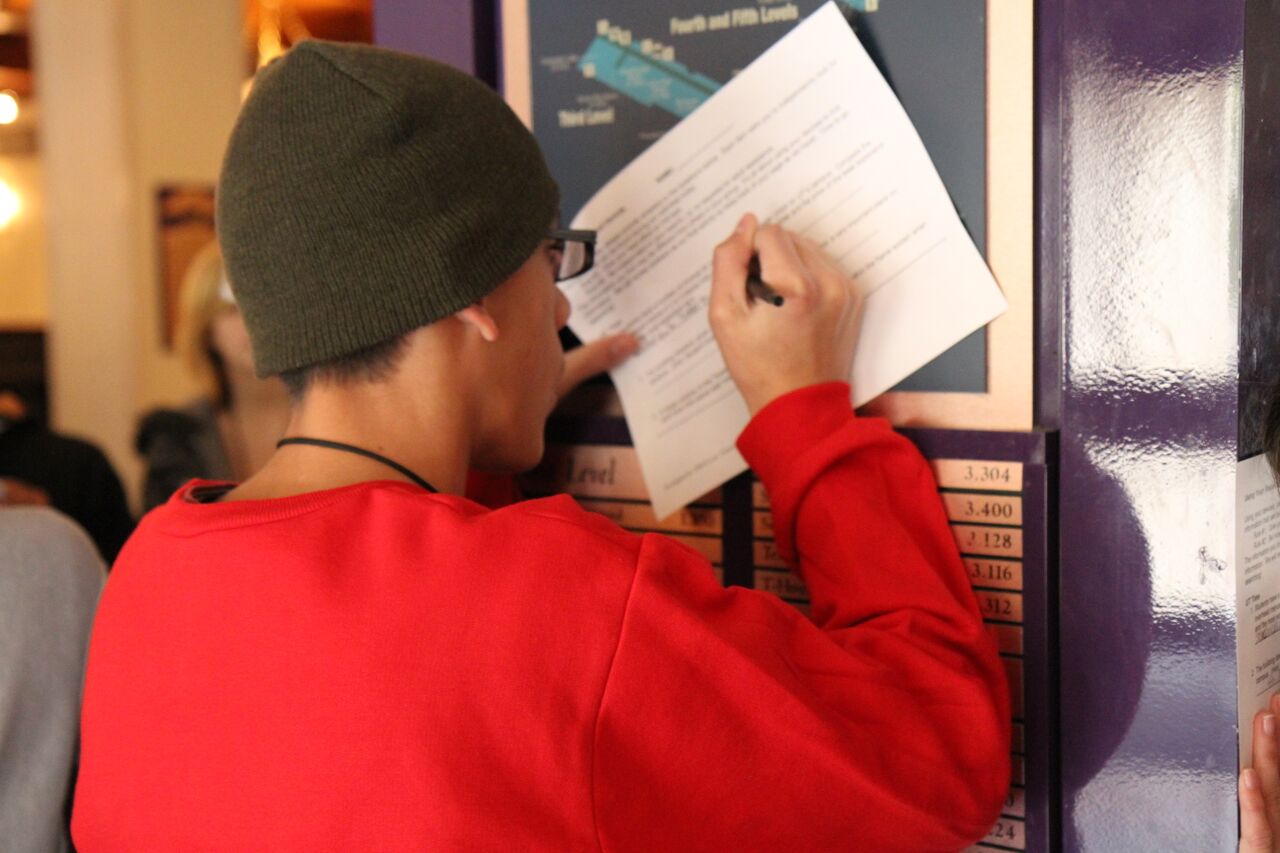
- Write the names of two mall kiosks.
- Buy a gumball.
- Bring back a piece of toilet paper. ☺
List B
- What’s the name of a mall kiosk that sells Patriot’s sweatshirts?
- Buy a small hand sanitizer.
- Bring back a napkin with a restaurant logo on it.
List C
- Compare the prize of the same Patriot’s sweatshirt sold at 2 different shops.
- Buy a Philips head screwdriver.
- Bring back a printed recipe.
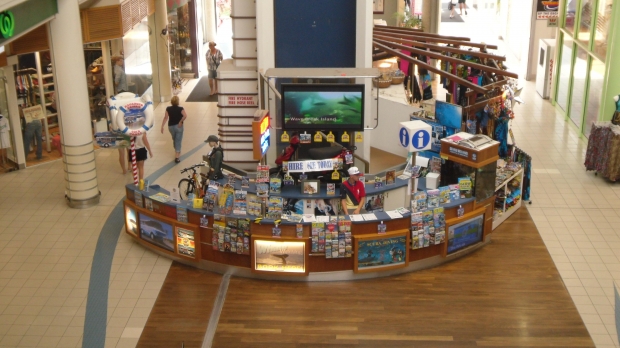
Hunt Planning (continued)
- After the lists were brainstormed, staff on the planning committee then walked the mall to collect the answers for each of the questions on the lists. Answer sheets are made, and sometimes questions are adjusted.
- Once we had a general idea of which students would be attending, we paired up students according to their abilities and personalities. Beginning students would be given List A, intermediate students would be given List B, and our advanced students would tackle List C.
- We try to pair students who are totally blind with a student with low vision. In fact, the student with low vision often becomes the sighted guide, if they can guide safely. A few times, but not too often, we have had to pair students who are totally blind with each other. Then staff members become their guide, but only a guide.
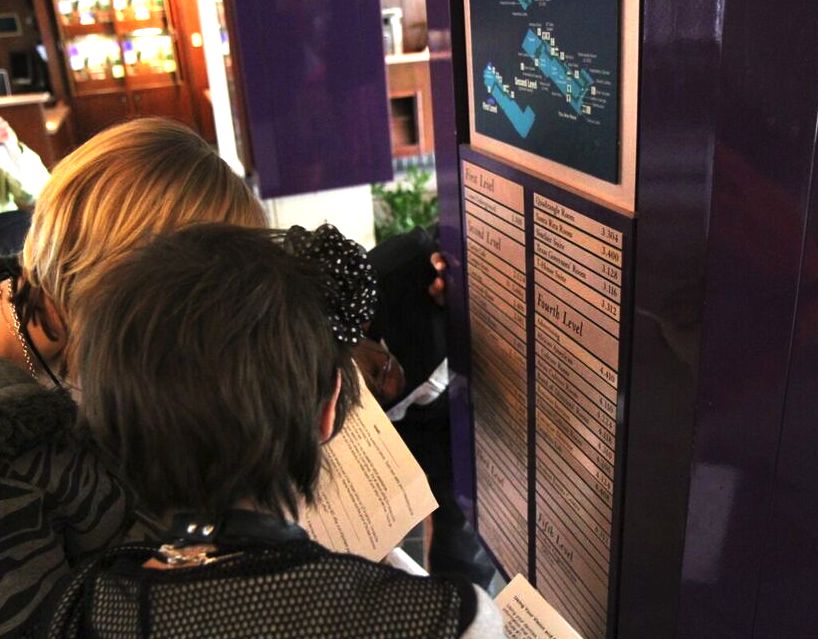
A Week (or two) Prior to the Event
- A list of goals was sent to parents along with permission slips for their signature.
- TVIs and O&Mers arranged transportation for students on an individual basis.
- TVIs and O&Mers encouraged the soon-to-be participants to explore the mall’s website. This helped students get familiar with the names and types of stores and a basic layout of the mall.
- A few staff members were responsible for producing the lists in large print or braille, depending on the individual needs of each student.
Let’s Hunt (Day of the Event)
- Once students arrived at the mall, we had introductions and shared the hunt rules. Example: Teams must stay together; Teams must not leave the mall, etc.
- Teams were paired up (sometimes three on a team, but mostly two on a team) and were then given 10 minutes to read through their list and strategize with their partner/s before the clock started.
- Each team decides how they will record their answers. Most teams choose to write their answers right on the list. Space is given after each question to allow for answers. Some teams use their tech devices, (smartphones, tablets, notetakers) to take pictures of their answers OR to type or braille their answers.
- Each team was assigned at least two staff members (TVI and/or O&Mer) to follow the team from an “eyes on the team” distance. (At this point, staff members strapped on their running shoes!)
- Teams were given $6.00 to purchase as many items on their list as possible. They also were given up to 3 help cards that they could use during the hunt. A team could give a help card to their “follower” staff member when they needed assistance. Teams were encouraged to use their help cards wisely as they only got a maximum of 3 cards.
- Before the hunt started, teams were told where to meet at the end of the hunt and at what time they needed to be there.
- THE HUNT IS ON! Our hunt lasted approximately 1 hour and 15 minutes.
After the Hunt
- Team points were awarded:
- 1 point for each correct answer
- 1 point for each item purchased or brought back
- 1 point for each tech or mobility tool used during the hunt
- Teams are given extra points for using any special device (optical, tech, travel tool, etc.) One year a student forgot to wear her glasses and she felt pretty bad about it when her team lost by one point. Her team could have received an extra point if she had worn and used her glasses.
- Team points were deducted:
- 2 points for returning to the meeting place after the designated time
- Once points were tallied, winners from all 3 lists were announced within the group. Winners got a special edible treat! (We don’t splurge or break the bank with our rewards! ☺) The real reward is the EXPERIENCE!
- Students brought their own money to buy lunch at the food court. During this time, friendships are formed and socialization takes place. (Many of our students are “returnees” and know each other from past hunts and other field trips.)
- After lunch, students formed their own groups to do personal shopping with their own money or just walk through stores and “window shop.” Students are not given permission to shop alone. This is an unstructured time of 1-2 hours. Staff make themselves available to the groups to assist with shopping when needed.
Conclusion
The TVIs and O&Mers have found that the scavenger hunt not only is enjoyable by all, but beneficial to the students and staff in many ways. For the staff, this event allows us to informally assess students’ skills in a real-world setting. For the students, this event allows them to have a shared experience with others who are visually impaired.
Could the “hunt be on” in your neck of the woods? Try it! It’s “wicked” fun, as we say here in Maine!
Jennie Oulton and Jude Carey, Teachers for Students with Visual Impairments
